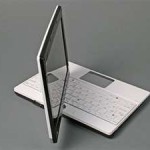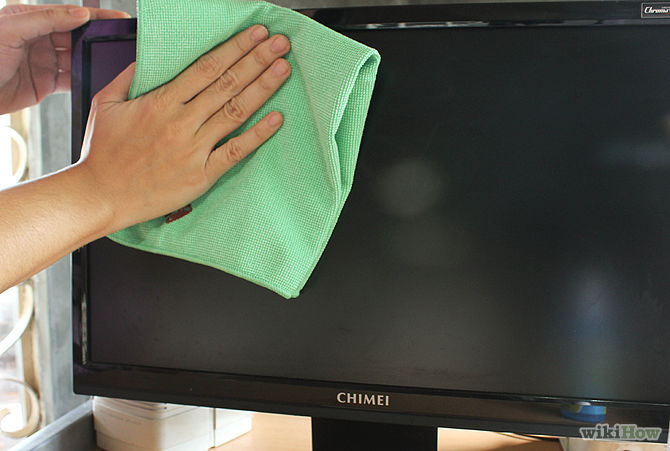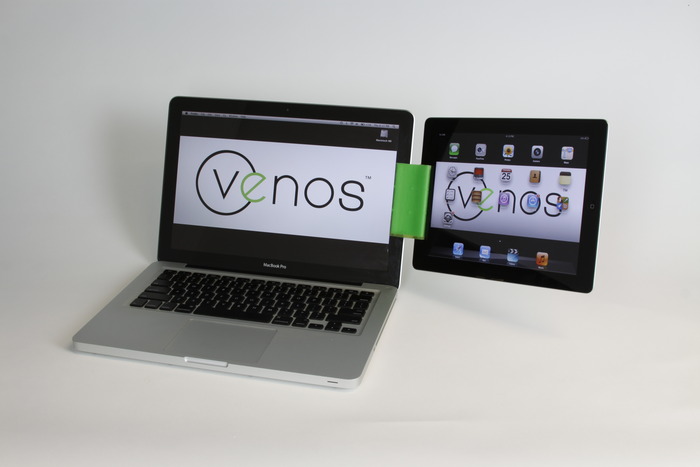“Easy to learn, Easy to work, and Easy to play”, so goes the advertising slogan of the Asus Eee PC – and learn, work, and play we will. The Asus Eee is essentially known for its light weight and low cost. Coming in at least a dozen models which are all able to run the various Microsoft Windows reiterations, it is considered the commercial equivalent of the XO-I notebook associated with the One Laptop Per Child (OLPC) initiative.
It is a good thing that the Asus Eee Laptop came as it did considering the need for ultraportable and less costly versions in spite of the existence of many other model choices. Asus typically assigns a letter to start its model names. Buyers who are more interested in multimedia usage would most probably be interested in models that start with “K” and “M” while those who are interested in gaming will find the “G” models more to their liking as they offer the greatest power. Those whose main consideration is portability will most likely look into the “U” models although these models offer the least features.
will most likely look into the “U” models although these models offer the least features.
As a preferred learning equipment, students will readily appreciate its built-in features for web browsing and word document processing. Models with faster processors may be required to satisfactorily accomplish more intensive tasks such as graphic design work and playing video games. Extra features can be considered depending on budget and actual need.
The success it was able to generate was unexpected, giving rise to certain challenges such as the variations found between test models and final retail models. In trying to keep up with the high demand, Asus factories found in Taiwan and China worked round the clock. The most notable variation noted was in the battery size used which has since been addressed. Asus Eee’s success just confirms the fact that there will always be a place for cheaper products offering acceptable functionality. Learning, working, and playing become more interesting when there are more viable options to choose from.



